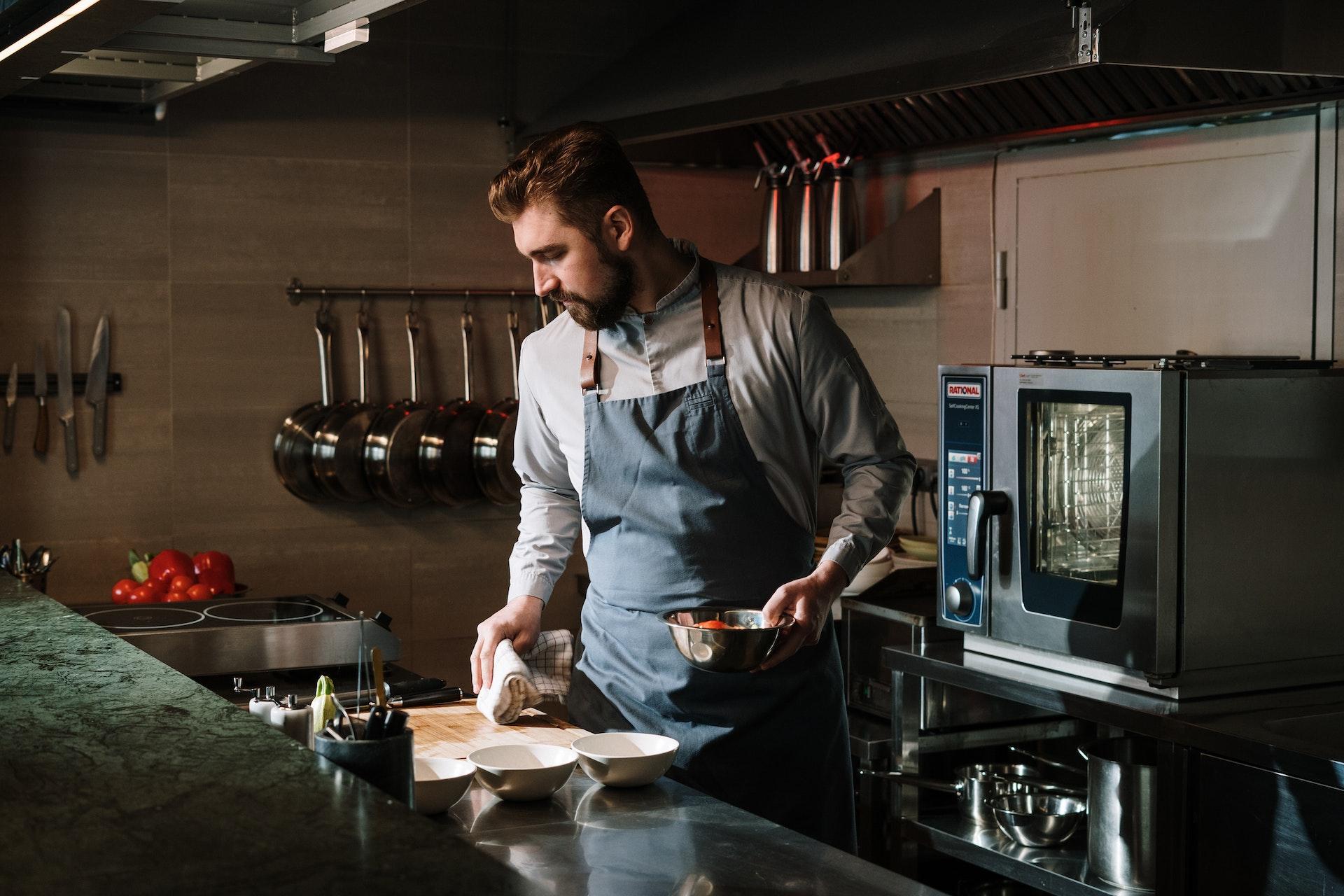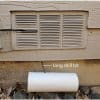This article aims to provide a comprehensive exploration of commercial pressure fryers, focusing on their ability to enhance cooking skills.
The discussion will encompass the different types of commercial pressure fryers available in the market, along with the benefits they offer.
Additionally, guidance will be provided on selecting the most suitable commercial pressure fryer for one’s business needs.
Furthermore, useful tips and tricks for optimal utilization of these fryers will be shared, as well as a collection of enticing recipes and ideas for culinary creations.
Different Types of Commercial Pressure Fryers
Various types of commercial pressure fryers are available in the market, each designed with specific features and functionalities to cater to the diverse needs and preferences of professional cooks.
Commercial pressure fryers offer several advantages, including shorter cooking times, enhanced flavor retention, and improved energy efficiency. These appliances utilize high-pressure cooking techniques to seal in moisture and create a crispy exterior on foods such as chicken or French fries.
However, there are some drawbacks as well. The high initial cost of purchasing a commercial pressure fryer may deter smaller businesses from investing in one. Additionally, the maintenance and cleaning process can be time-consuming and require specialized knowledge.
When comparing popular commercial pressure fryer brands, considerations should include factors such as capacity, durability, ease of use, safety features, and warranty options. Some notable brands in this category include Henny Penny’s PFE series, Pitco’s P14 model, and Winston Industries’ Collectramatic CM-5 model.
Benefits of Using a Commercial Pressure Fryer
One advantage of utilizing a commercial pressure fryer is the ability to achieve faster cooking times compared to traditional frying methods.
Commercial pressure fryers are designed with features that allow for rapid and efficient cooking. The sealed and pressurized environment inside the fryer helps to lock in moisture, resulting in foods that are moist and tender on the inside while maintaining a crispy exterior.
Additionally, the high temperatures achieved in a pressure fryer help to cook food more evenly and quickly, reducing overall cooking time. This feature is particularly beneficial for busy commercial kitchens that require fast turnaround times without compromising on food quality.
Furthermore, some commercial pressure fryers also offer programmable controls and automatic timers, allowing for precise and consistent cooking results every time.
How to Choose the Right Commercial Pressure Fryer for Your Business
To choose the right commercial pressure fryer for a business, objective criteria such as cooking capacity, power consumption, and safety features should be considered.
In addition to these factors, maintenance and cleaning of commercial pressure fryers are crucial aspects that should not be overlooked. Regular maintenance and cleaning ensure the longevity and efficient functioning of the equipment. It is important to follow the manufacturer’s guidelines for cleaning and maintenance to prevent any potential damage or safety hazards.
Furthermore, when considering cost-effective options for purchasing a commercial pressure fryer, it is advisable to compare prices from different suppliers while also taking into account factors like warranty coverage and after-sales service. This can help businesses find a reliable yet affordable option without compromising on quality or performance.
Tips and Tricks for Using a Commercial Pressure Fryer
When using a commercial pressure fryer, it is important to ensure that the food items are properly seasoned and marinated before cooking to enhance their flavor.
Additionally, proper cleaning of the pressure fryer is essential to maintain its efficiency and longevity.
To clean a commercial pressure fryer, first, make sure it is unplugged and cooled down.
Drain any remaining oil or fat and remove any removable parts for separate cleaning.
Use warm soapy water and a non-abrasive sponge or cloth to clean the interior and exterior surfaces of the fryer.
Rinse thoroughly with clean water and dry with a towel.
Avoid common mistakes such as using abrasive cleaning agents or submerging electrical components in water.
Regular maintenance and adherence to proper cleaning procedures will help ensure optimal performance of your commercial pressure fryer.
Recipes and Ideas for Cooking With a Commercial Pressure Fryer
Recipes and ideas for cooking with a commercial pressure fryer can offer a wide range of creative possibilities for chefs and culinary enthusiasts. However, it is important to prioritize safety precautions when using this powerful kitchen appliance.
First and foremost, proper training should be provided to all individuals who will be operating the pressure fryer. This includes understanding how to safely handle hot oil, as well as ensuring that the fryer is properly sealed before use. Additionally, regular maintenance and cleaning of the pressure fryer are essential to prevent any potential hazards.
Popular dishes made with a commercial pressure fryer include crispy fried chicken, french fries, onion rings, and even donuts. The high-pressure environment created by the appliance allows for faster cooking times while maintaining moisture and tenderness in the food.
Chefs can also experiment with different seasonings, batters, or marinades to create unique flavors in their dishes. The versatility of the pressure fryer opens up endless possibilities for creating delicious and innovative meals.








